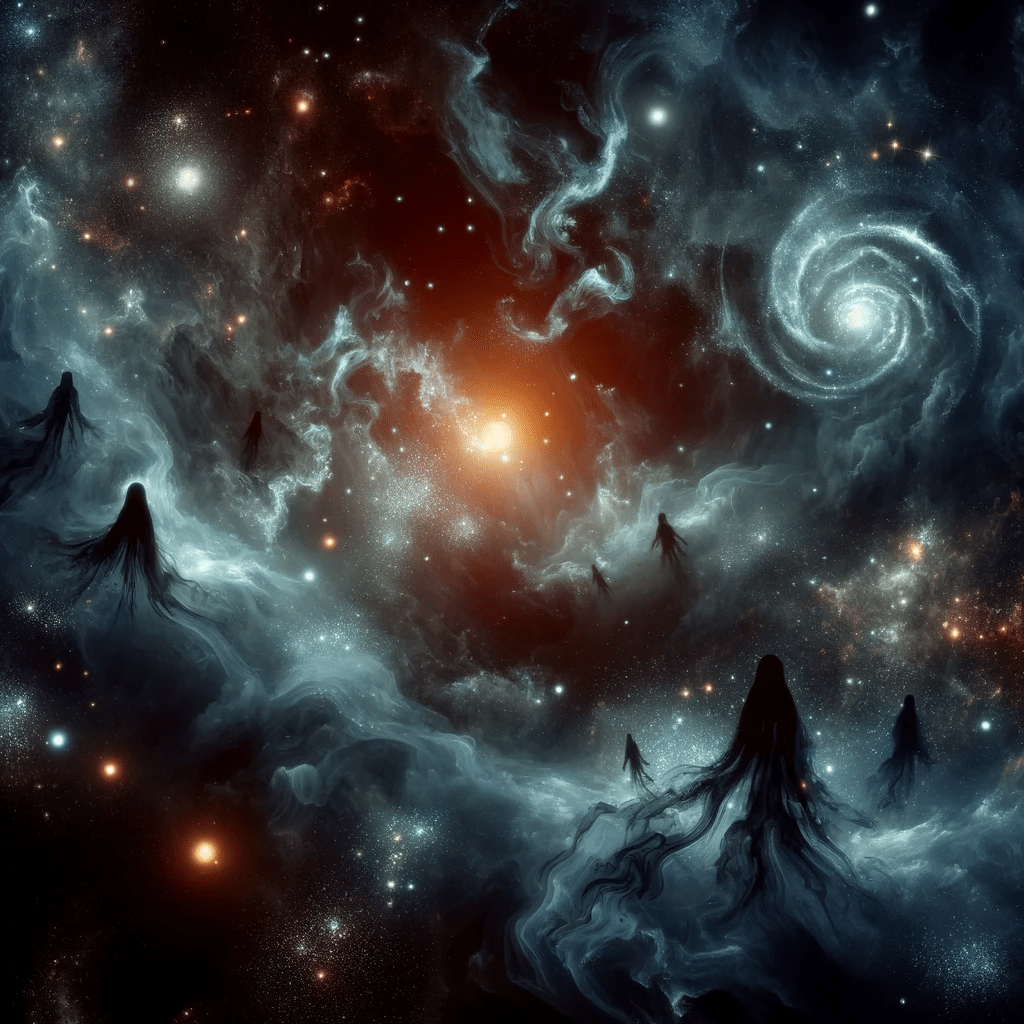Dark Matter: A Mysterious Cosmic Puzzle

Dark matter, a mysterious and elusive component of the universe, has been a subject of fascination and intense study for many years. Although invisible to the naked eye and undetectable by traditional methods, dark matter is believed to play a crucial role in the structure and formation of galaxies. It is a vital part of our understanding of the cosmos, and while its precise nature remains unknown, the search for answers has led to remarkable discoveries and advancements in the field of astrophysics.
The concept of dark matter first arose in the 1930s when Swiss astronomer Fritz Zwicky noticed that the observed mass of galaxy clusters was insufficient to account for the gravitational forces holding them together. Since then, multiple lines of evidence, including galaxy rotation curves and gravitational lensing, have supported the existence of dark matter. It is now thought to make up approximately 27% of the universe’s mass-energy content, dwarfing the 5% made up of ordinary matter.
One of the leading theories about the nature of dark matter is that it consists of hypothetical particles called WIMPs, or Weakly Interacting Massive Particles. These particles would only interact with ordinary matter through gravity and the weak nuclear force, making them extremely difficult to detect. Despite the lack of direct observation, the overwhelming indirect evidence has led to a wide consensus among scientists that dark matter exists.
Fact 1: According to the European Space Agency’s Planck mission, dark matter constitutes approximately 26.8% of the total mass-energy content of the universe (Source: Planck Collaboration, 2018 results).
Fact 2: The Bullet Cluster, a merging galaxy cluster, has provided some of the most compelling evidence for dark matter. Observations of the cluster show that its mass distribution, as indicated by gravitational lensing, is offset from the distribution of ordinary matter (Source: Clowe, D., et al., 2006, The Astrophysical Journal).
Fact 3: Scientists at the Large Hadron Collider, the world’s most powerful particle accelerator, have been searching for direct evidence of dark matter particles by analyzing the products of high-energy collisions. While no definitive discovery has been made, the search has led to significant advancements in our understanding of particle physics (Source: The Large Hadron Collider at CERN).
Experts in the field of astrophysics and cosmology continue to explore the nature of dark matter and its implications for our understanding of the universe. Renowned theoretical physicist Lisa Randall, for example, has proposed that dark matter could be responsible for periodic mass extinctions on Earth due to its interactions with our solar system.
Books like “The 4% Universe: Dark Matter, Dark Energy, and the Race to Discover the Rest of Reality” by Richard Panek, look into the history of dark matter research and the scientific breakthroughs that have shaped our understanding of the cosmos. The book highlights the ongoing quest to uncover the true nature of dark matter and its role in the universe.
In a 2021 article titled “Searching the Sky for the Secrets of Dark Matter,” author Dennis Overbye discussed the latest findings from the Dark Energy Survey, a project aimed at understanding the distribution and properties of dark matter and dark energy.
Dark matter is a fascinating and enigmatic aspect of the universe that has captivated scientists and the public alike for nearly a century. As researchers continue to probe the depths of space and advance our understanding of the cosmos, the nature of dark matter remains one of the most tantalizing mysteries in modern science. Through the collective efforts of astronomers, physicists, and cosmologists, we have uncovered many clues about the existence and properties of this elusive substance.
With cutting-edge technology, such as the Large Hadron Collider and advanced telescopes, scientists are inching closer to unraveling the secrets of dark matter. As we continue this journey, it is important to rely on credible, evidence-based research to guide our understanding of the universe and its enigmatic components.

